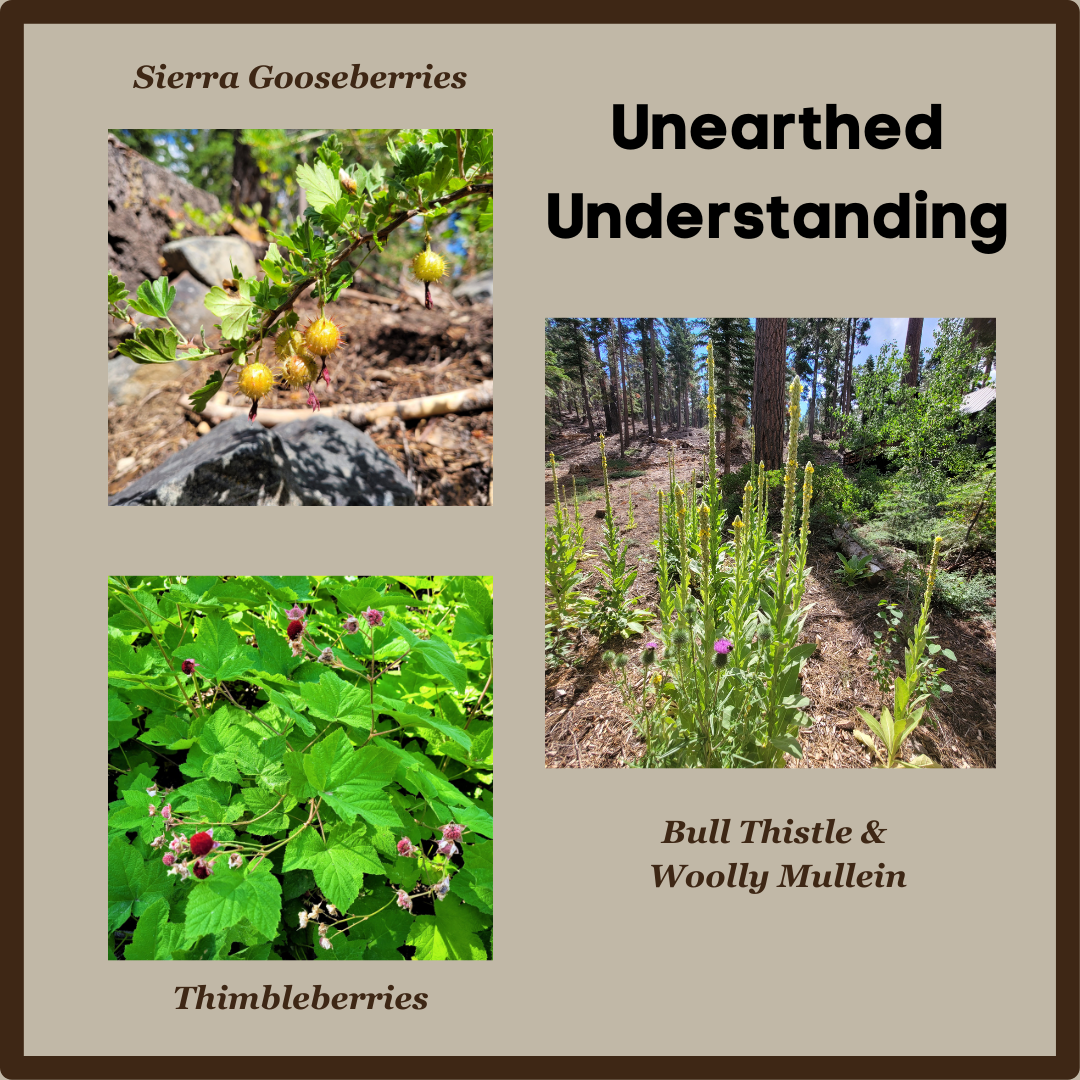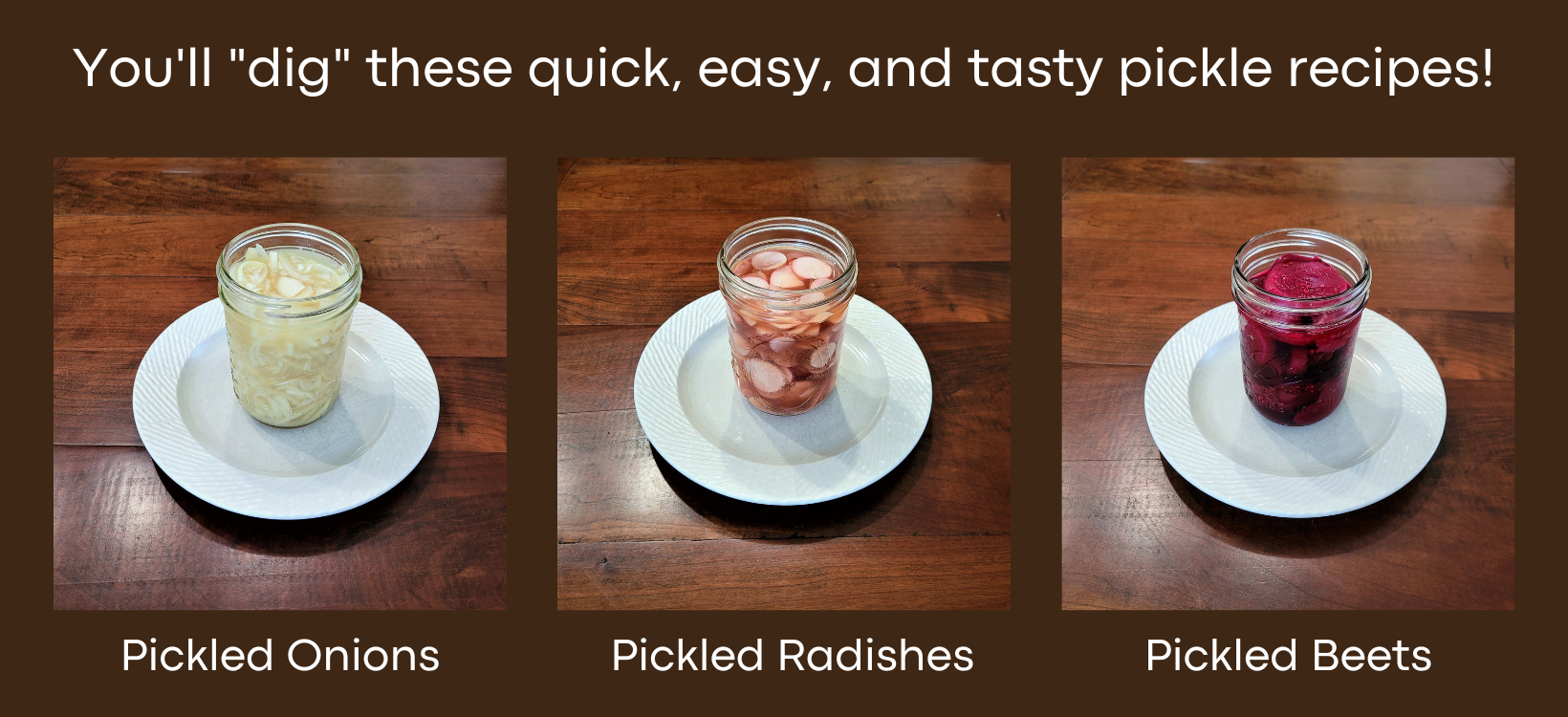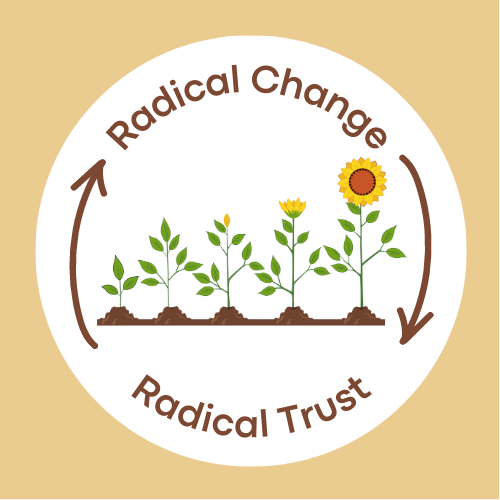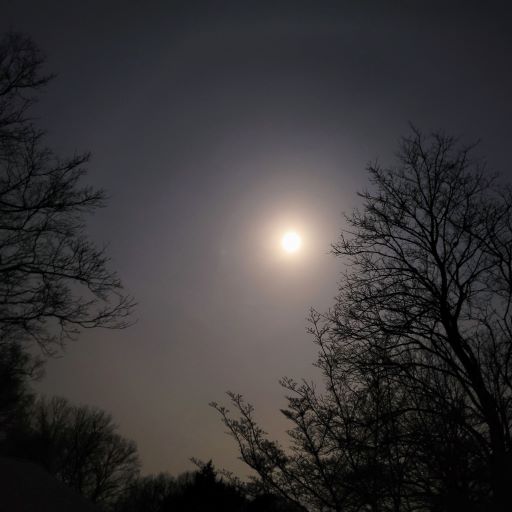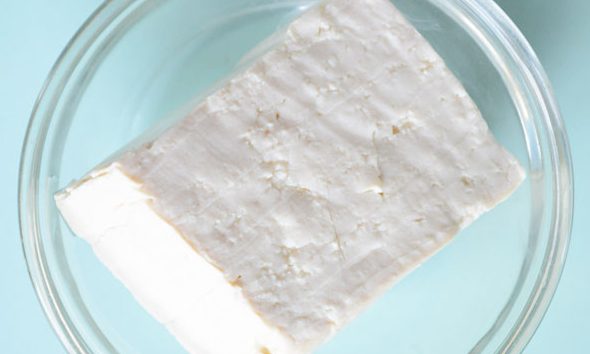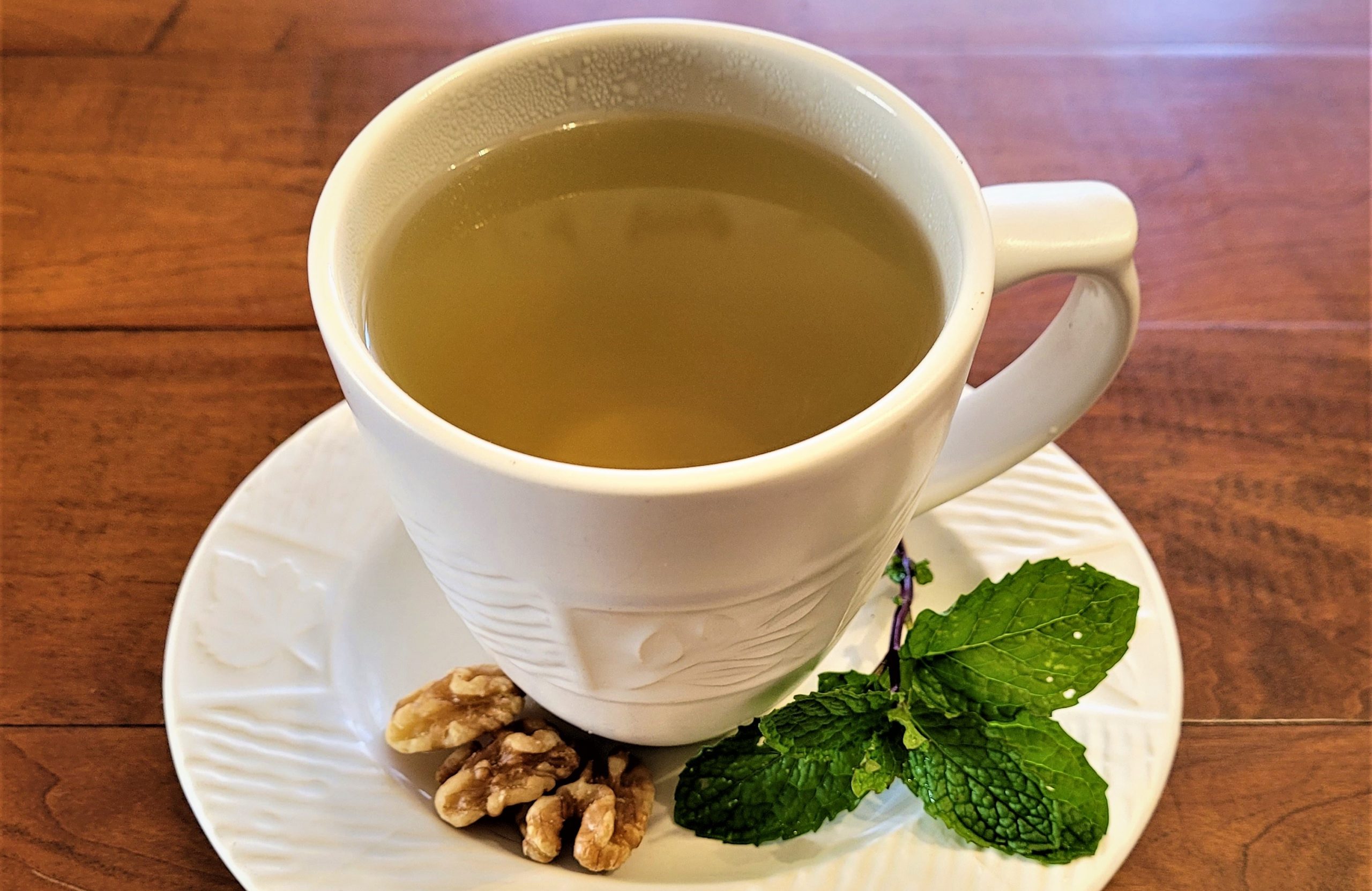Unearthed Understanding
Last month, Travis and I spent a week at my family’s cabin near Lake Tahoe, California. As we planned the trip, we realized how curious we both were to see how much things had changed since last summer (when California was in a severe drought) versus this summer (after a very wet and snowy winter, particularly at Lake Tahoe!). As we expected…everything was lush and green. However, the wildflowers were unlike anything we had ever seen before, in some cases, literally!
Intrigued, I found myself asking – how is it possible, after spending 45+ years of my life going to our cabin, that I have never seen something as remarkable and/or painful looking as the “Sierra Gooseberry” or as tasty as a “Thimble Berry” (yes, they are safe to eat!). And what caused a guy with a large machete (no joke!) to wander by our cabin and chop down some “Woolly Mullein,” plants which I hadn’t paid much attention to in the past? What was going on?
After a little investigation, I discovered that I hadn’t noticed these plants before due to a combination of factors. Yes, last winter’s significant precipitation played a part. However, it was more the fact that in the fall of 2021, the National Forest Service thinned out a significant number of trees around our cabin as a fire precaution. While fewer trees definitely increased the amount of sunlight around our cabin, the biggest reason these plants had “suddenly appeared” was that the soil had been disturbed by the logging trucks.
It turns out that – Sierra Gooseberry, Thimbleberry, Bull Thistle and Wooly Mullein – all prefer, and in many instances thrive in, soil that has been disturbed.
What can this “disturbed” soil teach us about faith?
Over the last several years, the farming and home gardening communities have increasingly focused on not disturbing soil, because disturbing soil disrupts its structure, decreases its carbon content, and accelerates erosion, among other challenges. [To learn more, click here.*]
However, in this instance, was the movement of the soil around our cabin good or bad? Both.
The soil stirred up around our cabin by the logging trucks caused beneficial plants like the Sierra Gooseberry and Thimbleberry (both nutrient dense for humans and good for pollinators) as well as Bull Thistle and Wooly Mullein (both invasive weeds) to surface.
How often in our lives of discipleship does the soil of our faith (the foundation of our spiritual growth) get disturbed by life circumstances causing both “beneficial plants” (new opportunities, relationships, jobs, etc.) and/or “invasive weeds” (illness, grief, death, loss, etc.) to spring up?
When faced with this, how are we to respond?
We may be tempted to blame God or others, when unwelcome events invade our lives. However, Job 5:6 reminds us: “Misery does not come from the earth, nor does trouble sprout from the ground.” (NRSVUE). Job 5:8-9 gives us a course of action for times when desperate circumstances appear from out of nowhere: “If I were in your shoes, I’d go straight to God, I’d throw myself on the mercy of God. After all, he’s famous for great and unexpected acts; there’s no end to his surprises.” (The Message).
In our “disturbed” moments, it is important for us to keep a wide perspective, to see both the good and the bad, and to patiently watch for the movement of the Holy Spirit and the “new growth” it will produce.
Reflection Questions:
- What is “disturbing” your spiritual soil right now?
- Rather than judging the soil (or yourself) as good or bad, ask yourself (with compassion): What has helped or hurt my spiritual growth this year?
- What are some ways you can be more intentional about tending to your spiritual soil (both now and in the weeks to come)?
Peace,
Karen Webster
HSHC co-founder and executive director
*Note: this article discusses the overall benefit of the no-till method for our country and the world within the context of Pennsylvania farming practices.

